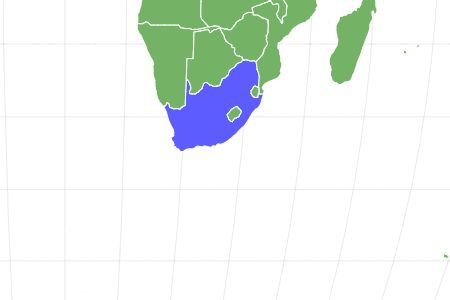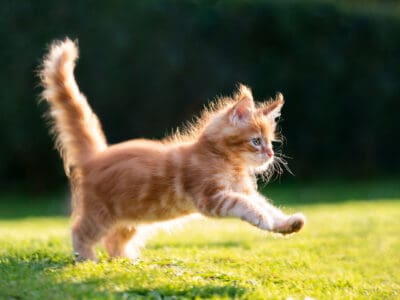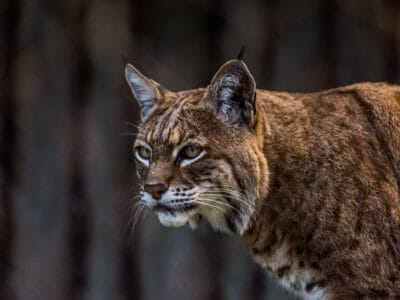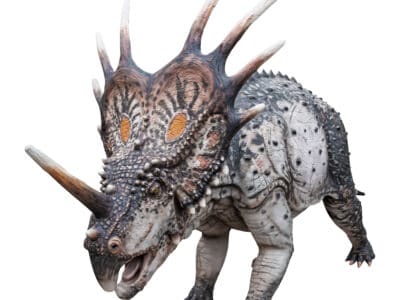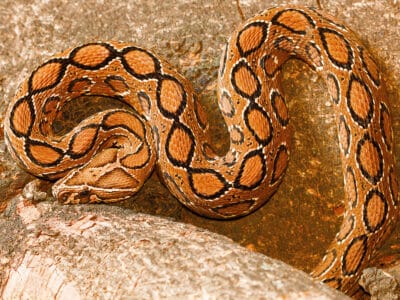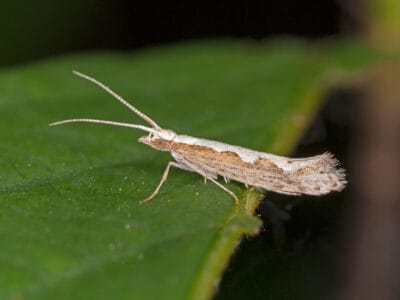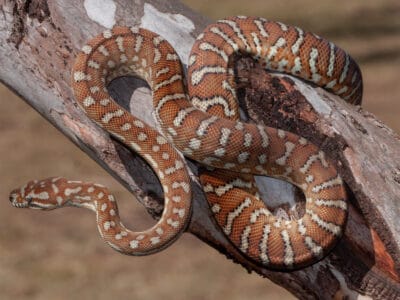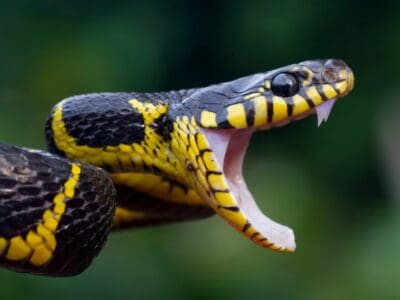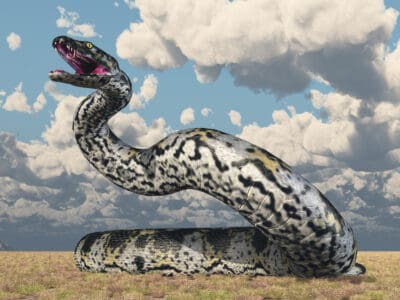Cape Lion
.jumbotron {
background-image: url(“”);
}
}
@media only screen and (min-width: 641px) and (max-width: 920px) {
.jumbotron {
background-image: url(“”);
}
}
@media only screen and (min-width: 921px) {
.jumbotron {
background-image: url(“”);
}
}
Cape Lion
Panthera leo melanochaitus
Despite its large, muscular body, the Cape lion actually rests more than 20 hours a day
Cape Lion Scientific Classification
- Kingdom
- Animalia
- Phylum
- Chordata
- Class
- Mammalia
- Order
- Carnivora
- Family
- Felidae
- Genus
- Panthera
- Scientific Name
- Panthera leo melanochaitus
Read our Complete Guide to Classification of Animals.
Cape Lion Conservation Status
Cape Lion Facts
- Prey
- Wildebeests, antelopes, zebras, buffalos, rodents, and more
- Name Of Young
- cub
- Group Behavior
-
- Pride
- Fun Fact
- Despite its large, muscular body, the Cape lion actually rests more than 20 hours a day
- Biggest Threat
- Habitat loss and hunting
- Most Distinctive Feature
- The male’s dark-colored mane
- Gestation Period
- around 100 days
- Litter Size
- 1-6 cubs
- Habitat
- plains
- Diet
- Carnivore
- Type
- mammal
- Common Name
- Cape Lion
- Origin
- South Africa
- Number Of Species
- 1
- Location
- South Africa
Cape Lion Physical Characteristics
- Color
-
- Brown
- Yellow
- White
- Orange
- Skin Type
- Hair
- Top Speed
- 48 mph
- Lifespan
- 25 years
- Weight
- up to 600 pounds
- Height
- 4 feet
- Length
- 6-7 feet
- Age of Sexual Maturity
- 3-4 years
- Age of Weaning
- 6-7 months
This post may contain affiliate links to our partners like Chewy, Amazon, and others. Purchasing through these helps us further the A-Z Animals mission to educate about the world’s species..

Spiders that fly! Fish that walk! And 1000+ more incredible animals. Discover them all for FREE
View all of the Cape Lion images!
“Recognizable by its black-maned appearance, the Cape lion was once native to Africa’s southern Cape region.”
This wild cat is a member of the subspecies Panthera leo melanochaita. For centuries, it lived in relative peace and isolation on the South African plains. Following the arrival of European settlers, however, it endured decades of constant hunting and harassment, causing numbers to dwindle. The conservation status of this lion is considered to be functionally extinct in the wild since 1858 (though scattered individuals were found up to a few decades later).
A Subspecies That Has Been the Subject of Debate
The taxonomy of the Cape lion (as well as other lion populations) has been the subject of much-extended controversy. For centuries, the Cape lion was considered to be its own distinctive subspecies of lions. But then a genetic analysis in 2017 revealed that the Cape lion may not be quite as distinct as once thought. Genetically, it is almost completely similar to other lion populations of southern and eastern Africa. This suggests there may have been significant interbreeding between the populations that prevented them from developing independently of each other. All lions in the southern and eastern regions of Africa are now considered to be part of the same subspecies.
Another source of dispute is whether these lions still exist in captivity somewhere. In 2000, a South African zoo director named John Spence claimed that, after a careful search, he had identified possible descendants of Cape lion specimens still living in Russia’s Novosibirsk Zoo, which might have been taken from South Africa and interbred with other types of lions. However, before he had could perform a DNA analysis (with the intention to breed back the Cape lion into existence), Spence died in 2010, and no one else took up the cause.
4 Incredible Cape Lion Facts!
- Based on genetic analysis, it’s thought that the Cape lion first evolved in the Late Pleistocene, around 500,000 years ago.
- One of the most interesting facts is that the lion can interbreed with both a tiger and a leopard. The offspring of a male lion and tigress is called a liger. If the offspring is the result of a tiger and lioness, then it’s called a tigon. The result of a leopard and lioness is called a leopon.
- The lion represents strength and nobility in many African cultures. It features prominently in ancient stories and proverbs.
- Preserved Cape lion specimens are kept at several museums around the world, including the Swedish Museum of National History, the Paris Museum of Natural History, and the Ditsong National Museum of Natural History.
Scientific Name
The scientific name for the Cape lion is Panthera leo melanochaitus. Melan (or melas) means black in Greek and may be a reference to the lion’s black-maned appearance. Since the Cape lion is no longer considered to be its own separate subspecies, the other members of melanochaitus are still alive in parts of southern and eastern Africa, though dwindling in number. The lion in general is part of the same genus as the leopard, tiger, and jaguar. The species name Leo is the Latin name for the lion.
Appearance
The Cape lion has all the physical attributes of a lion, including a big head, muscular body, yellowish tawny coat, white stomach, and a long tail with a black tuft at the end. The biggest distinguishing feature is the darker color of the male’s mane, which extended along the shoulders and below the stomach. This subspecies appears to have been particularly large for a lion, with some specimens weighing nearly 600 pounds and measuring around seven feet long. Males tend to be larger than females by about 100 pounds and, of course, grow a large mane of hair around the neck.
Behavior
While the Cape lion was driven to extinction before it could be fully studied, we can infer some facts about its behavior by observing other members of the same species. The lion is the only member of the cat family that exhibits highly social behavior. The basis of this society is the pride. With potentially up to 40 distinct members, the pride consists of several generations of lionesses, a small number of breeding males, and the cubs. Members may break up into smaller groups during the day and only come together to hunt and eat.
A single pride may occupy the same territory for multiple generations. When prey is particularly abundant, the total territory can reach up to eight square miles, but when sparse, it can stretch up to 150 square miles. Lions mark their territory by urinating, defecating, and rubbing up against vegetation with their scent glands.
Each member of the pride is thought to adopt a general role. Males are more likely to guard the territory against potential rival prides. Mothers form their own separate mini-group and nurse each other’s cubs. They give nursing priority to their own cubs, followed by the offspring of closely related lions. Both males and females can take part in the group hunt. While scientists still debate why lions are the only wild cats to form groups, larger prides do appear to confer greater reproductive success in the wild.
The typical lion spends around 22 hours per day resting. Only two or three hours are spent hunting; perhaps more if the prey is particularly difficult to find. They communicate with each other through several sophisticated methods of smell, sound, and body movements. Head nuzzling appears to be a form of greeting while licking and grooming help to facilitate social bonding. The lion can make a kind of grimace, with an open mouth, bared teeth, wrinkled nose, and closed eyes, in response to sniffing chemical signals. Roaring is commonly done in the evening before a hunt and again at dawn to advertise its presence. The sound can be heard from more than three miles all around it.
Habitat
The Cape lion once roamed the plains of South Africa. It was particularly prominent around the semi-desert Karoo plains within the interior of the country, just south of the Orange River, which runs along the border of Namibia and close to the Kalahari Desert. The other members of the melanochaita subspecies live as far north as Kenya.
Predators and Threats
The Cape lion was driven to extinction by the twin threats of hunting and habitat loss by European settlers. It’s not clear if the lion was under threat before the colonization of South Africa, but lion numbers have been falling almost everywhere around the globe for many thousands of years. Hunting may have been done both for sport and to prevent the lion from killing livestock. They were shot in greater numbers than any other population of African lions.
What eats the Cape lion?
An adult Cape lion had no natural predators in its native habitat, but the cubs were occasionally killed by larger predators such as hyenas, leopards, and jackals.
What does the Cape lion eat?
The Cape lion was considered to be an apex predator and an important keystone animal in its natural habitat. Its diet largely consisted of hoofed animals such as wildebeests, antelopes, and zebras. If an opportunity arose, then it could also hunt Cape buffalo, rodents, and juvenile or injured elephants and hippos. Lions hunt by stalking their prey from cover and then lunging at its neck. The victim usually dies from strangulation shortly afterward.
If the lions have to pursue their prey over long distances, then they will usually tire out easily. This caused most hunts to end prematurely in failure. A single lion could consume around 75 pounds in a single meal. Pride mates would squabble over meals, but the successful hunters responsible for the kill would usually receive first dibs. After resting for a week, the lions would resume the hunt once again.
Reproduction and Life Cycle
Cape lions had no established reproductive season; they could mate at almost any time of the year. Both male and female lions were polygamous, meaning they had multiple sexual partners over the course of a lifetime. A female will almost always mate with another member of its own pride. Once a pair has bonded, it could copulate up to 50 times per day. The frequency of their mating is intended to stimulate fertilization and also ensure that no other male can copulate with the female (which also had the added benefit of guaranteeing the male’s paternity).
After a gestation period of more than a hundred days, the female would give birth to no more than six cubs at a time. Born blind and helpless, the cubs were covered in a thick coat and dark spots. They were fully weaned by the age of six or seven months and learned to hunt by around 11 months old. It took around two years before they could become functionally independent, however.
Until that time, the mortality rates of lions were exceptionally high. They face numerous threats from hungry predators, the harsh landscape, and adult males that take over a pride and kill the previous offspring. The group of mothers will attempt to defend their cubs from this infanticide for as long as possible.
Male cubs are expelled from the pride upon reaching sexual maturity at the age of three or four; they wander alone until they’re old and strong enough to take a pride of their own. Females often remain with the pride even beyond the age of sexual maturity, but they too can be expelled if there’s no room in the pride. Lions can sometimes live more than 25 years in captivity, but their expected lifespan is generally shortened to around 10 years in the wild because of hunting, starvation, and early childhood mortality.
Population
The Cape lion’s conservation status is extinct. No confirmed specimens are remaining anywhere in the world.
View all 157 animals that start with C
Cape Lion FAQs (Frequently Asked Questions)
What is a Cape lion?
The Cape lion is a distinctive population of the African lion, native to the plains of South Africa. Taxonomists have historically considered it to be a separate subspecies both because of its isolated location and the distinctive black-maned appearance. However, a genetic analysis actually called into question whether this was a separate subspecies at all. It is currently classified within the same subspecies as other lions of southern and eastern Africa.
Are Cape lions carnivores, herbivores, or omnivores?
The Cape lion was completely carnivorous. Its diet consisted solely of meat.
How big is a Cape lion?
This wild cat measured up to seven feet long and 500 pounds. Some reports claim to have found even larger specimens up to nearly 600 pounds.
Does the Cape lion still exist?
No, the conservation status of the Cape lion is considered to be functionally extinct. While there is some debate about whether it may live in captivity somewhere, it’s unlikely to exist in its original form due to heavy interbreeding with other lions.
Sources
- ThoughtCo., Available here: https://www.thoughtco.com/cape-lion-1093061
- Brittanica, Available here: https://www.britannica.com/animal/lion

